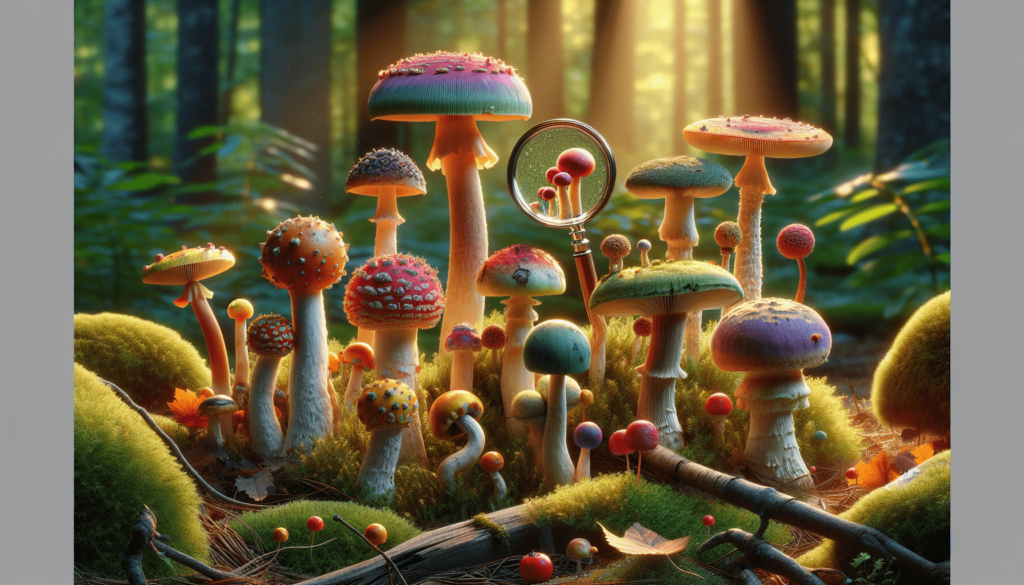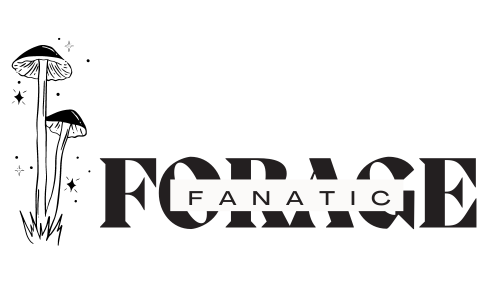Have you ever wandered through a forest, marveled at the vibrant array of mushrooms scattered among the undergrowth, and wondered if any of them were secretly deadly? Well, you’re not alone! Many nature enthusiasts and foragers have pondered the same question: what are the chances of a mushroom being poisonous? In this article, we will take a closer look at the fascinating world of mushrooms, exploring the factors that determine their toxicity and uncovering whether your fungal discoveries are friend or foe. So, put on your hiking boots and get ready to embark on a thrilling journey into the realm of mycology!
Mushroom Poisoning
mushroom poisoning refers to the harmful effects that occur when toxic mushrooms are ingested. While most mushrooms are edible and safe to consume, there are certain varieties that contain toxins that can cause serious illness or even death. This article aims to provide comprehensive information on various aspects of mushroom poisoning, including different types of poisoning, symptoms, incidence rates, and precautions to be taken.
Different Types of Mushroom Poisoning
There are several different types of mushroom poisoning, each with its own set of symptoms and potential consequences. Some of the most common types include:
-
Gastrointestinal Mushroom Poisoning: This type is characterized by symptoms such as nausea, vomiting, abdominal pain, and diarrhea. It usually occurs within a few hours after consuming the toxic mushrooms and generally resolves within 24-48 hours.
-
Neurological Mushroom Poisoning: Neurological symptoms may vary depending on the specific toxins involved, but they often include hallucinations, confusion, seizures, and even coma. In severe cases, permanent brain damage or death can occur.
-
Hepatotoxic Mushroom Poisoning: This type of poisoning primarily affects the liver and can lead to jaundice, liver failure, and other liver-related complications. Hepatotoxic mushrooms are particularly dangerous as symptoms may not appear for several days after ingestion, making it challenging to trace the source.
-
Renal Mushroom Poisoning: Certain mushrooms contain toxins that can cause severe kidney damage. Symptoms may include decreased urine production, blood in urine, and swelling of the limbs. Prompt medical attention is necessary in cases of renal mushroom poisoning.
Symptoms of Mushroom Poisoning
The symptoms of mushroom poisoning can vary widely depending on the specific toxins involved, the amount ingested, and individual susceptibility. However, some common symptoms include:
- Nausea and vomiting
- Abdominal pain and cramps
- Diarrhea
- Headaches or dizziness
- Visual disturbances
- Delirium or confusion
- Muscle weakness or spasms
- Jaundice
- Seizures
- Loss of consciousness
If you experience any of these symptoms after consuming mushrooms, it is essential to seek medical attention immediately, especially if the symptoms are severe or persistent.
Incidence of Mushroom Poisoning
The incidence of mushroom poisoning varies depending on geographical location, environmental conditions, and cultural practices related to mushroom consumption. In some regions, mushroom poisoning is rare due to a greater emphasis on mushroom identification and safe foraging practices. However, in areas where mushroom hunting is popular and knowledge about toxic mushrooms is limited, the incidence of poisoning cases can be higher.
Accurate data on the exact incidence of mushroom poisoning is challenging to obtain, as many cases go unreported or misdiagnosed. Nonetheless, it is crucial to be aware of the potential risks involved and take necessary precautions when handling and consuming wild mushrooms.
Determining the Poisonousness of Mushrooms
When it comes to mushroom foraging or cooking with wild mushrooms, it is essential to be able to distinguish between toxic and edible varieties. While no foolproof method exists, several factors can help in determining the poisonousness of mushrooms.
Color and Appearance
The color and appearance of a mushroom can provide some clues regarding its toxicity. Brightly colored mushrooms, especially those with red or yellow hues, tend to have a higher likelihood of being toxic. Edible mushrooms often have earthy tones and more subdued coloring.
Gill Structure
Examining the gill structure of a mushroom can also be informative. Some edible mushrooms have crowded, closely spaced gills, while others have widely spaced or forked gills. Toxic mushrooms might have gills that are unusually colored, slimy, or decaying.
Spore Color
Spore color can be an indicator of mushroom toxicity. Collecting a spore print, which involves placing the cap of a mushroom onto a piece of paper, can help identify the color of the spores. Certain spore colors, such as purple, black, or dark brown, are often associated with toxic mushrooms.
Smell
The odor emitted by a mushroom can sometimes provide useful information. While it may not be a definitive indicator, many edible mushrooms have a pleasant, mushroom-like smell. In contrast, some toxic mushrooms have a distinctively unpleasant or pungent odor.
Taste
It is important to note that tasting a mushroom to determine its toxicity is highly discouraged and potentially dangerous. Many toxic mushrooms contain compounds that cannot be detected by taste alone. Consequently, relying on taste as the sole method of identifying a mushroom is unreliable and can lead to poisoning.
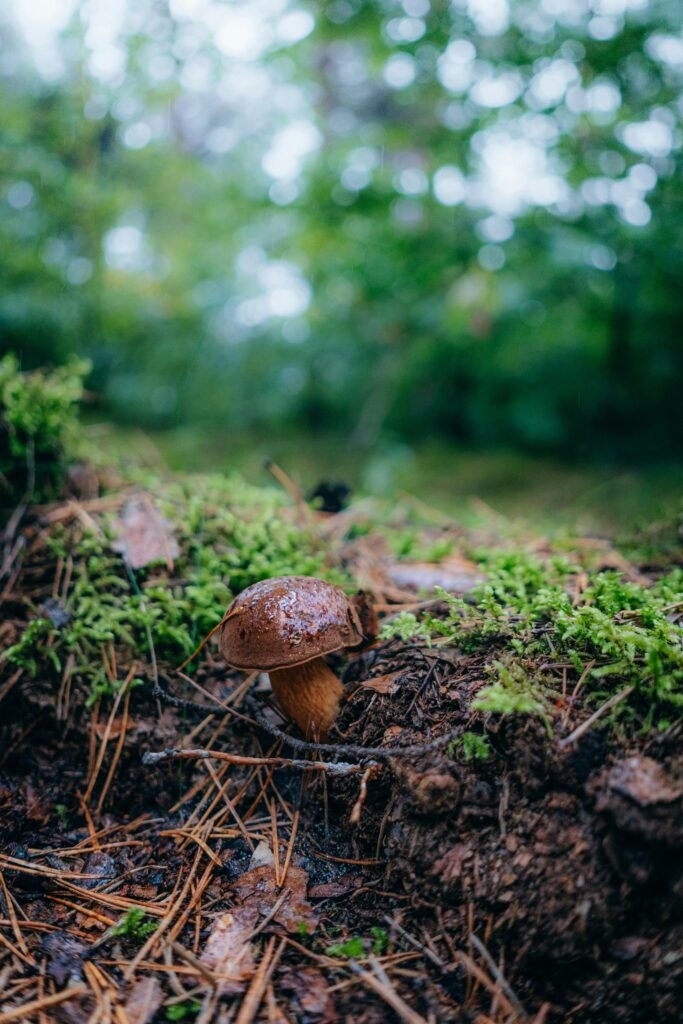
Toxic vs Edible Mushrooms
Distinguishing between toxic and edible mushrooms is of utmost importance for those interested in mushroom hunting or foraging. Understanding the characteristics of toxic mushrooms can help avoid potential health risks.
Toxic Mushrooms
Toxic mushrooms come in various shapes, colors, and sizes. Some examples of highly toxic species include the Death Cap (Amanita phalloides), Destroying Angel (Amanita bisporigera), and Panther Cap (Amanita pantherina). These mushrooms often have a distinctive and appealing appearance, making identification challenging for inexperienced foragers.
Edible Mushrooms
Edible mushrooms are those that are safe to consume, provided they are properly identified and prepared. Examples of commonly consumed edible mushrooms include the Button Mushroom (Agaricus bisporus), Shiitake Mushroom (Lentinula edodes), and the Porcini Mushroom (Boletus edulis). It is essential to source edible mushrooms from reliable suppliers or experienced foragers to ensure their safety.
Mushroom Hunting and Foraging
Mushroom hunting and foraging can be an enjoyable and rewarding activity, but it requires caution and knowledge. Here are some essential tips to ensure a safe and successful foraging experience.
Expert Guidance and Identification
If you are new to mushroom hunting, it is advisable to seek guidance from experienced foragers or mycologists. Attending guided mushroom walks or joining local mushroom clubs can provide valuable insights into mushroom identification and safety practices.
Know the Local Flora
Before embarking on a foraging expedition, familiarize yourself with the local flora and regional mushroom species. Learning to identify the common edible and toxic mushrooms in your area can significantly reduce the risk of accidental ingestion of poisonous varieties.
Testing Kits
Using commercially available mushroom testing kits can be an additional precautionary measure. These kits use chemical reagents to test for the presence of specific toxins in mushrooms. While not foolproof, they can offer some level of reassurance when in doubt about the edibility of a mushroom.
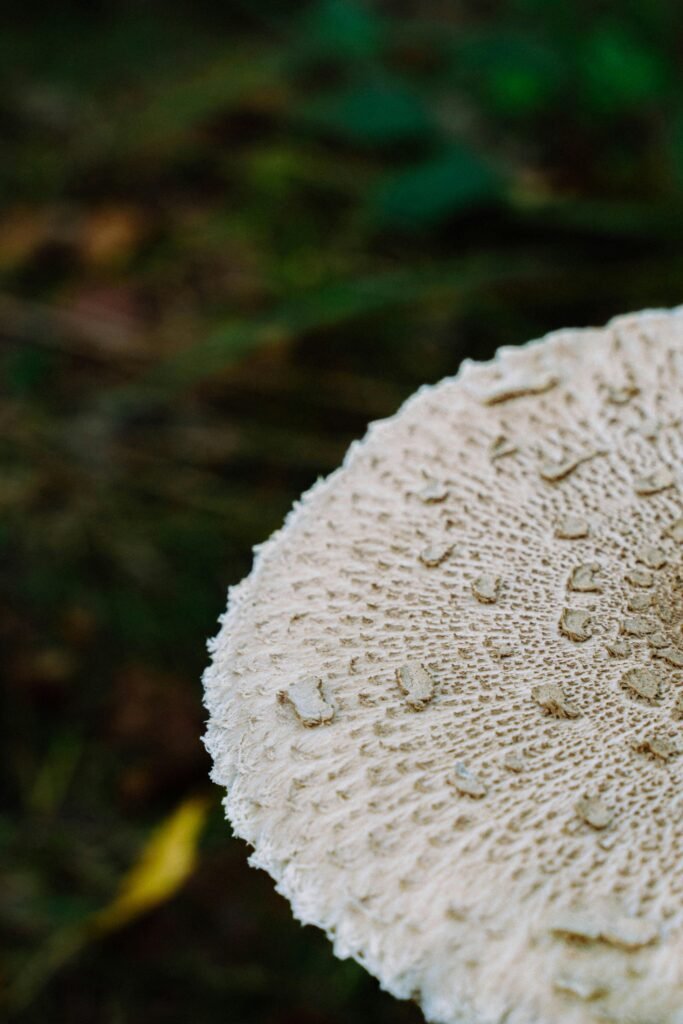
Risk Assessment
Several factors contribute to the overall risk associated with mushroom foraging and consumption. Understanding these factors can help individuals make informed decisions and reduce the likelihood of mushroom poisoning.
Age and Health Factors
Age and underlying health conditions play a significant role in determining individual susceptibility to mushroom toxins. Children, the elderly, and individuals with compromised immune systems are generally more prone to adverse effects and should exercise extra caution when consuming wild mushrooms.
Location and Habitat
The geographic location and specific habitat of a mushroom can influence its toxicity. Some areas are known to have a higher prevalence of toxic mushroom species, while others may have a lower incidence. Researching and understanding the local mushroom flora can help in assessing the potential risk.
Local Knowledge and Regulations
Local knowledge, customs, and regulations pertaining to mushroom foraging should be heeded. Indigenous cultures often have traditional practices and knowledge that can guide foragers in identifying edible mushrooms. Additionally, some regions may have regulations in place to protect vulnerable mushroom populations or restrict gathering in certain areas. Compliance with these regulations is crucial for both personal safety and environmental conservation.
Educating Yourself
Education and knowledge are vital in safely navigating the world of mushrooms. There are various resources available to help individuals expand their understanding of mushroom identification, food safety, and foraging best practices.
Books and Field Guides
Mushroom identification books and field guides are valuable resources for both beginners and experienced foragers. These publications often provide detailed descriptions, photographs, and useful information about mushroom species, including toxicity and edibility.
Online Resources
Numerous websites and online forums offer a wealth of information on mushroom identification, foraging techniques, and safety tips. However, it is important to cross-reference information and ensure the reliability of sources before relying on them.
Mushroom Identification Courses
Participating in mushroom identification courses or workshops can greatly enhance one’s knowledge and confidence in identifying mushrooms. These courses are typically led by experienced mycologists and offer hands-on learning opportunities in a controlled environment.
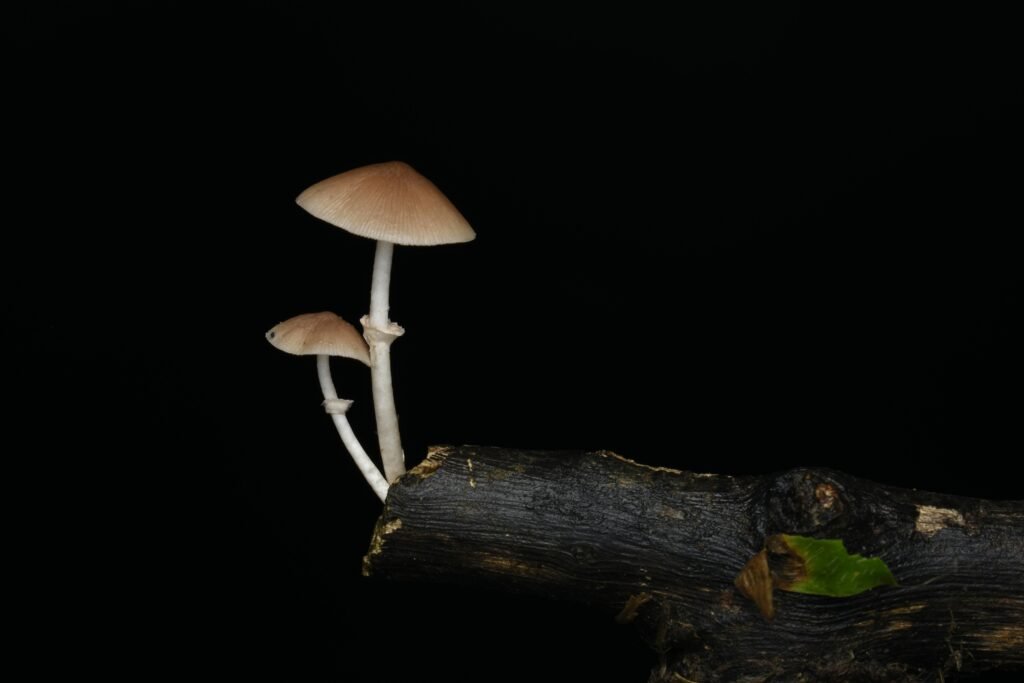
Cooking and Preparing Mushrooms
Proper cooking and preparation are crucial steps in ensuring the safety of mushrooms for consumption.
Cooking Mushrooms
Cooking mushrooms thoroughly is essential, as heat can break down some toxins present in certain species. Avoid eating raw mushrooms, especially if you are uncertain about their identity. Sauteing, grilling, or baking mushrooms at temperatures above 140°F (60°C) can help neutralize harmful compounds and minimize the risk of mushroom poisoning.
Proper Mushroom Storage
To maintain freshness and prevent spoilage, it is important to store mushrooms correctly. Fresh mushrooms should be stored in a cool, dry place and consumed within a few days. Do not consume mushrooms that appear slimy, discolored, or have a strong foul odor, as these can be signs of spoilage or decay.
Poisonous Look-alike Mushrooms
Certain toxic mushrooms closely resemble edible varieties, making accurate identification challenging. Familiarizing yourself with common poisonous look-alikes can help avoid accidental ingestion.
Common Poisonous Look-alikes
The False Morel (Gyromitra esculenta), for instance, closely resembles the true Morel mushroom (Morchella spp.), a prized edible species. The Destroying Angel (Amanita bisporigera) can be mistaken for several edible Agaricus species, including the common white button mushroom.
Distinguishing Features
To differentiate between poisonous look-alike mushrooms and their edible counterparts, paying attention to distinguishing features is crucial. These features may include differences in color, cap shape, presence or absence of a ring or volva, spore color, and the overall growth habit of the mushroom.
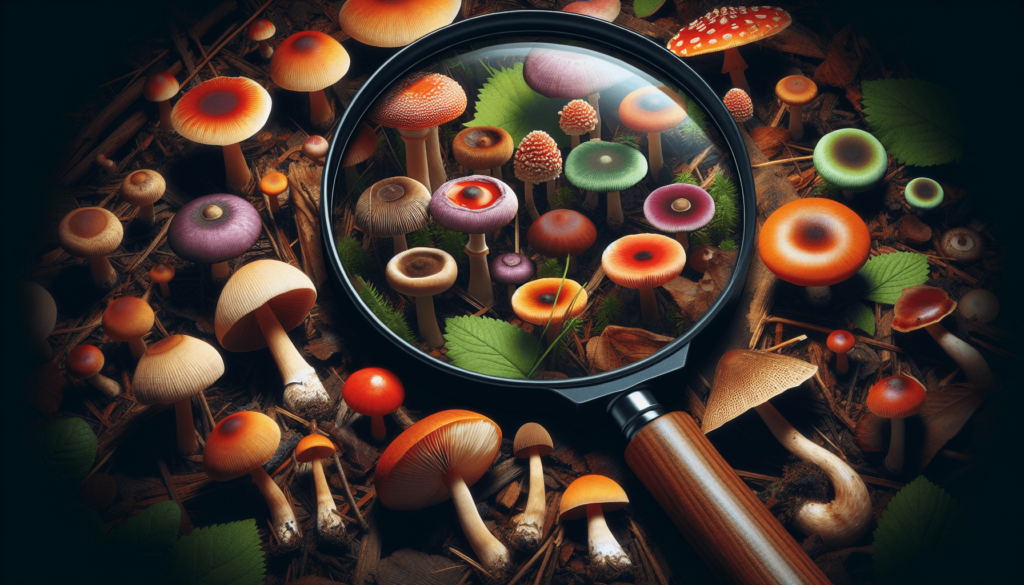
Mushroom Poisoning Treatment
In the unfortunate event of mushroom poisoning, prompt action is crucial to mitigate further harm. The appropriate treatment can vary depending on the specific toxins involved and the severity of symptoms.
First Aid Measures
If someone has consumed a potentially toxic mushroom, it is important to seek medical help immediately. While awaiting professional assistance, the following first aid measures can be taken:
-
Do not induce vomiting: Contrary to popular belief, inducing vomiting is not recommended as it can cause additional harm.
-
Gastric lavage: In certain cases, a medical professional might perform gastric lavage (stomach pumping) to remove any remaining mushroom material.
-
Activated charcoal: Administration of activated charcoal may help absorb the toxins in the gastrointestinal tract.
-
Rehydration: If vomiting or diarrhea is present, ensuring adequate hydration is important. Drinking clear fluids, such as water or electrolyte solutions, can help prevent dehydration.
Medical Intervention
In severe cases of mushroom poisoning, medical intervention may be necessary. This can include treatments such as supportive care, administration of antidotes, liver support medications, or even liver transplantation in cases of severe hepatotoxicity. The specific treatment approach will depend on the individual’s condition and the toxins involved.
Conclusion and Safety Precautions
Mushroom poisoning can have serious and potentially fatal consequences. Educating yourself about the different types of poisonous mushrooms, learning proper identification techniques, and adhering to safety precautions are essential to avoid accidental ingestion. When in doubt, consulting with experts or experienced foragers is always recommended. Remember, it is better to err on the side of caution when it comes to wild mushroom consumption, as your health and safety are paramount. Happy foraging!
